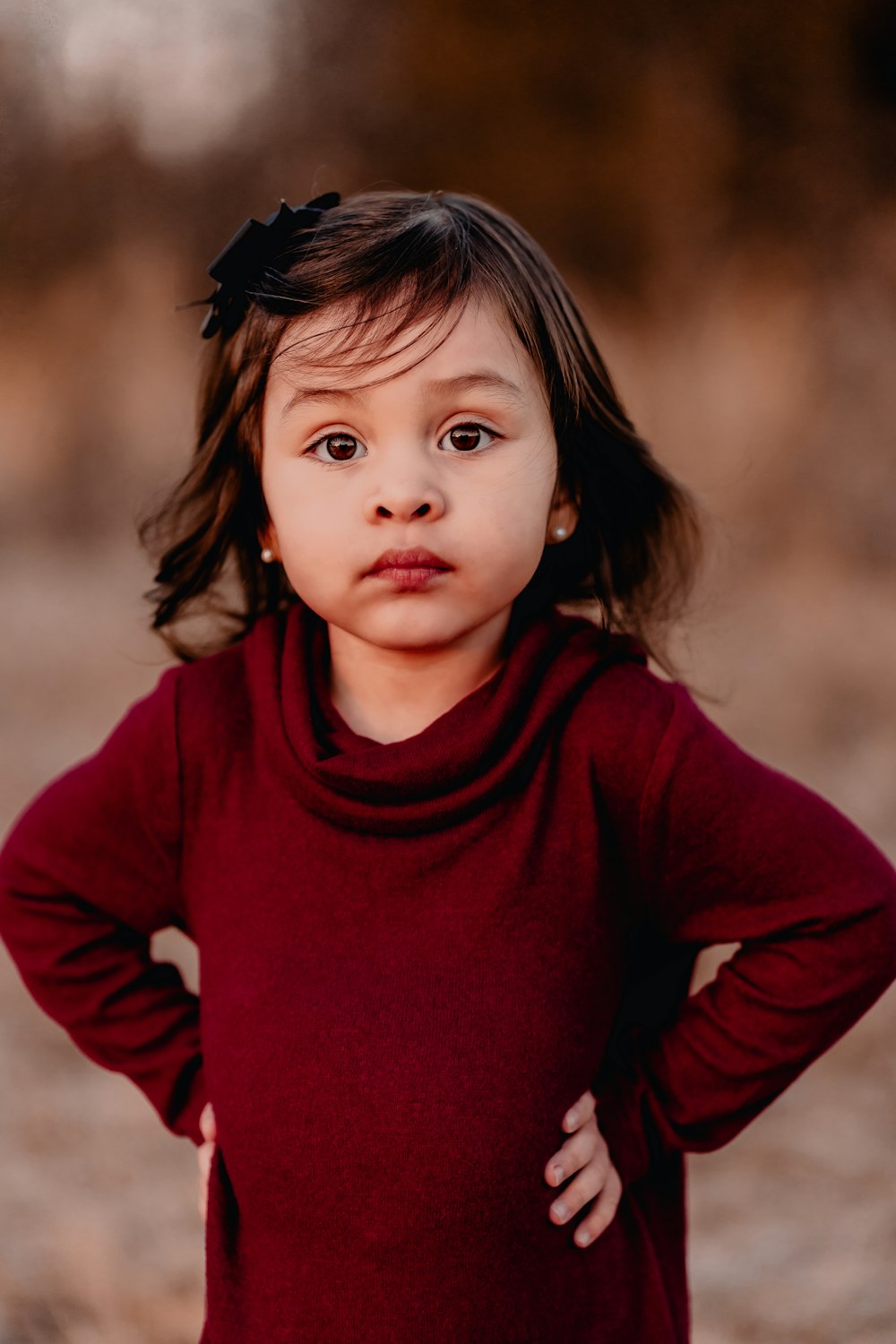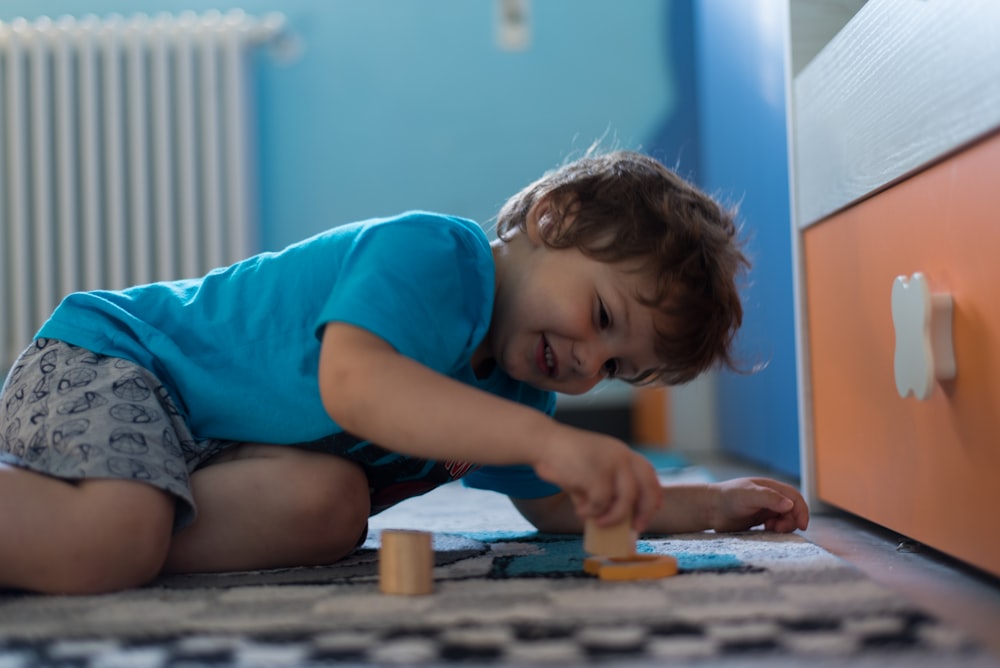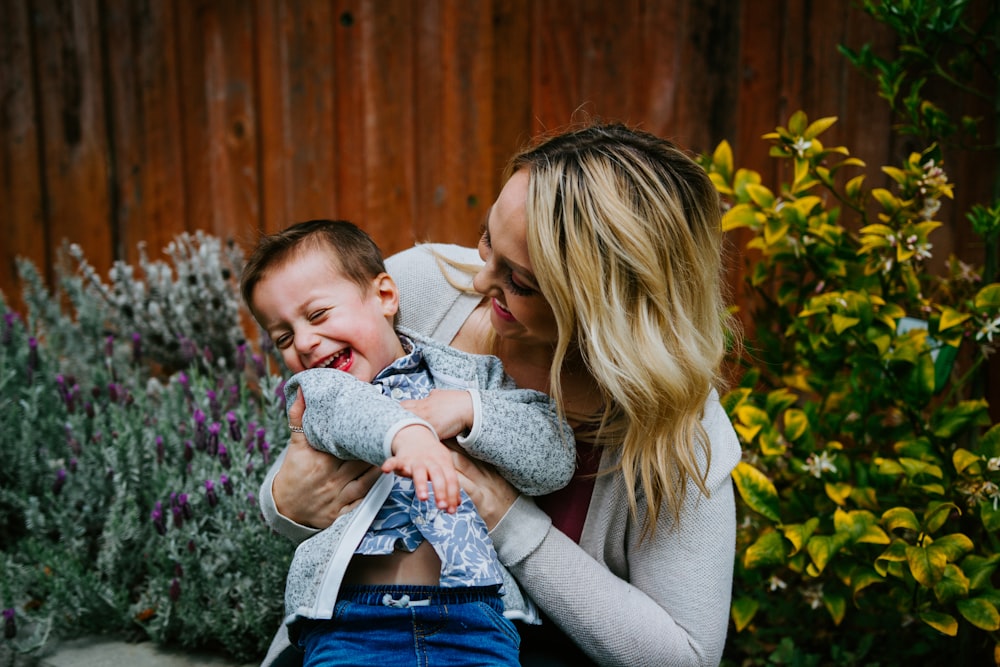Last fall, my toddler turned three. It was a momentous occasion marked by a big round of family illnesses and a canceled birthday party. As with many things, my kiddo took the canceled party in stride. Being three, she literally didn’t really know what she was missing. And being three, she was easily entertained with a couple new activity-gifts and a celebratory half-of-a-donut for breakfast.
That said, she has entered into a new developmental phase, and this has brought a new set of difficulties in some aspects of our lives as parents. According to Meghan Leahy, advice columnist for The Washington Post, kids around this age begin to mature into their own opinions and understandings of things. While 2-year-olds learn from you and mirror your emotions, such as calming down when you remain calm or getting more excited when you are excited about something, 3-year-olds are becoming more independent emotionally.
As Leahy writes, “Your goal isn’t to raise an obedient robot; it’s to raise your child to meet their fullest potential. For preschoolers to grow, they must push against boundaries, find their voice and experience the world.”
Where Were the “Terrible Twos”?
While the so-called “terrible twos” involved a lot of boundary-setting on our part along with repetition of activities and building healthy habits, the threes will require us to loosen up a bit and choose our battles.
I put “terrible twos” in scare-quotes because for us, it wasn’t so terrible. Sure, the twos were often difficult, but my strategy of “being like water” (a.k.a. going with the flow) really helped to avert major collisions between me and my kiddo. One of the greatest tips I employed was regular reminders: calmly telling my child that, “you can play a bit longer, but then we are going to x, and then we’ll y, and then z.” A few minutes later, I would return, saying, “okay, all done playing, let’s x, and then we’ll y, and then z.”
Usually, this rehearsing of the agenda worked brilliantly. If I met resistance, I wouldn’t force it. I would say something like, “okay, you want to play more. We can do that, but first let’s x, y, and z.” Over 90% of the time, this would work. The 2-year-old’s mind was still in “play mode” and—since I didn’t force her out of it—she could remain there mentally while we accomplished some boring tasks such as brushing teeth and changing into pajamas.
Pivoting Our Parenting Role
The key now, according to Leahy and others, is to shift our role from caretaker and habit-setter to more of person-handler. My kiddo is becoming her own person. And while this is amazing and fun on many levels, frustrations (for all of us) do set in.
As with so much in life, the first step here is acceptance. Children grow and change so fast, with each new stage almost leading to a whole new person emerging. This can be a bit heartbreaking for parents if we cling to any particular version of our children along the way. So, with deep breaths, we let go of any idealized version of our little one and smile at the new (bigger) version of who they are.
Just as they are physically bigger, children at this age want to be treated more equally. While it doesn’t make sense to treat a 3-year-old like one of the adults in the room much of the time, we can treat them just like an adult in many ways. I ask my daughter how her day went, what she’d like for dinner, what she’d like to wear, etc just as I might an older person who just happens to need some help getting dinner ready and clothes on.
Recognizing that kids at this age are at the beginning of the maturation/individuation process, I try to offer my daughter opportunities to be grown-up. But when her also-very-big emotions take over, I can fall back to more of the caretaker role or “be like water” to see how the emotions might work their way out.
Everyone Wants to Be Kind
It’s important to remember this and not “push back” too much when a toddler becomes argumentative. As Leahy points out, “As you stop your end of the argument, your child will quickly pick up that this is not a place to connect. . . Seriously. No one believes it, but once we stop all the behavioral shenanigans, our children want to be cooperative, helpful and kind.”
That made me smile, as I strongly believe that everyone wants to be kind.
Sometimes we just can’t be kind. Some of us weren’t parented well. Some of us are just too exhausted or in pain (emotional or physical) to be kind at this moment.
And, just like that toddler having his or her meltdown, sometimes we might do well with some “time out” ourselves.
But, if we have a friend, colleague, family member, or toddler who is arguing constantly about everything, we can be the ones to stop our end of the argument. Now, it is my experience that adults can take a lot longer than toddlers to become cooperative. And some will simply wander off into silence, but that’s okay too. Those who want to come around will.
And luckily, kiddos always want to come around. Perhaps it’s the fact that they realize that they rely on you for everything. Or perhaps it is an innate goodness that just needed a little time before it could shine. And perhaps that innate goodness is something we would all do well to keep in mind when dealing with grouches in their terrible twos or threes (or forty-threes).
 Justin Whitaker, Ph.D., holds a doctorate in Buddhist ethics from the University of London. He has given lectures, and taught Buddhist studies and Philosophy at Oxford University, the University of Hong Kong, the University of Montana, and at Antioch University’s intensive study-abroad program in India. A certified meditation teacher, he is a regular contributor to Patheos.com, and Senior Correspondent for Buddhistdoor Global. Justin is the official blog writer for Sunflower Counseling MT in Missoula, Butte, Kalispell, Billings, and surrounding areas. He lives in Missoula with his family.
Justin Whitaker, Ph.D., holds a doctorate in Buddhist ethics from the University of London. He has given lectures, and taught Buddhist studies and Philosophy at Oxford University, the University of Hong Kong, the University of Montana, and at Antioch University’s intensive study-abroad program in India. A certified meditation teacher, he is a regular contributor to Patheos.com, and Senior Correspondent for Buddhistdoor Global. Justin is the official blog writer for Sunflower Counseling MT in Missoula, Butte, Kalispell, Billings, and surrounding areas. He lives in Missoula with his family.



